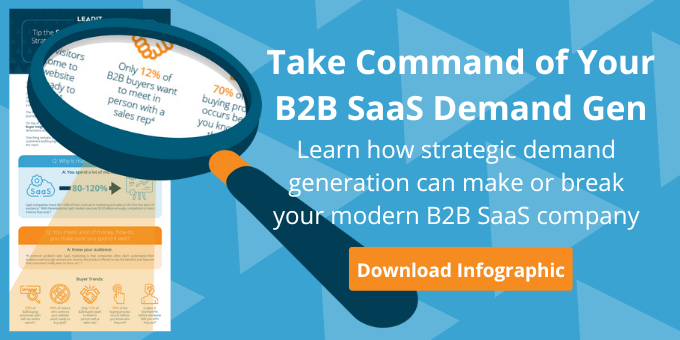How to Surprise, Delight and Retain More Customers
Why is it so important to have a customer retention strategy?
There are plenty of reasons. A base of revenues to allow higher growth, of course, is one. From a marketer’s perspective, the best reason is that acquiring a new customer can cost 5x more than keeping an existing one. For every paying customer you lose, you have to expend five times the effort and funds to replace them.
Besides that key statistic, there are other reasons for surprising and delighting your customers. In almost every business, you’ll find that one of your most reliable and consistent lead generation sources comes from referrals from existing customers.
Here are some customer retention best practices for keeping and growing your current customers.
1. Welcome your customers.
Give people something to smile about immediately by welcoming them to your brand family when they become a new customer.
Depending on your type of business and the volume and value of new customers, this can range from very low touch to very high touch campaigns. It might include items like:
- A welcome email
- An introduction and welcome video
- A handwritten letter or note
- A welcome gift package
- An educational introduction and training resource (especially if your product is software)
2. Solve your customers’ problems.
Offer your customers the solutions that most align with their individual wishes, needs, and preferences. Be helpful. Empowering both potential and existing customers with education, making recommendations, and helping them succeed are foundational to building a positive customer relationship in the B2B world. The benefit of enabling people to reach their goals and solve their problems, instead of just arming them with facts, is how to generate real brand loyalty.
3. Be timely.
This means being available and responsive whenever they reach out. Whether the issue is big or small, show your customers that you’re prioritizing them by responding quickly. Even if you can’t solve the issue right away, letting them know that you’re working on it or escalating their problem will give your customers confidence that you’re their advocate.
4. Listen to customer feedback.
Feedback from a customer you’ve known a long time can be the most valuable. While I don’t recommend frequent surveys, a simple 1 – 2 question instant survey via a pop-up window linked from an email, for example, will enable you to respond quickly when someone says they’re not satisfied, and find out how to correct the problem. There’s also an opportunity to ask for feedback in person — monthly check-ins just to ask how things are going and see if there is anything you can improve for them. This is more personal and probably more appreciated by the client when you have a relationship with them.
5. Be authentic.
In all personal communications, written or verbal, you want to make it real. Artificial enthusiasm can always be detected for what it is. Always aim for a warm, personalized, human interaction that respects your user’s time and leaves them happy, satisfied, and educated.
6. Show customer appreciation with flair.
Choose a date (or week) during which your company is especially dedicated to customer appreciation.
You can also encourage both sales and marketing staff to call customers with a simple “Thank you” message – without a sales pitch – to let them know how much they’re appreciated.
Another appreciation strategy is to celebrate them in small ways throughout the year, or target it towards customers on their birthdays or their anniversary of becoming a customer. Find ways to recognize those important dates with items like
- Special promotions or offers
- A custom video from their primary contact
- A physical gift
- A handwritten letter or note, mailed separately or enclosed with a shipping package
These sorts of surprises are what will make your brand memorable, and stay top-of-mind when it comes time to make another purchase.
7. Create a Referral Program.
Try creating a structured referral program for your existing customers that provides some sort of incentive for referring business your way, and build regular communication touch points with your customers to remind them of it. This is a great way to build up your Net Promoter Scores as well.
You can also choose to simply reach out and ask for referrals from customers you know are highly satisfied and who have been with you for a long time.
8. Find out how satisfied your customers are feeling.
A common measure of customer satisfaction is the Customer Satisfaction Score (CSAT). This measurement takes a more direct approach, asking customers about their satisfaction levels on a 1-5 scale.
Another key customer satisfaction metric is the Net Promoter Score, or NPS. NPS is a way for you to assess if your current clients would be willing to recommend you to others on a simple 1-10 scale.
With regular measurement of either the NPS or the CSAT, you can understand how your clients are feeling over time and know when things could be improved.
Keeping a historical record of either metric on an individual client level also allows you to monitor ups and downs in your relationship, and act fast if you begin to see a downward trend.
At Leadit, we’ve executed many customer marketing and customer referral campaigns for our clients. Contact us to find out how we can help.








